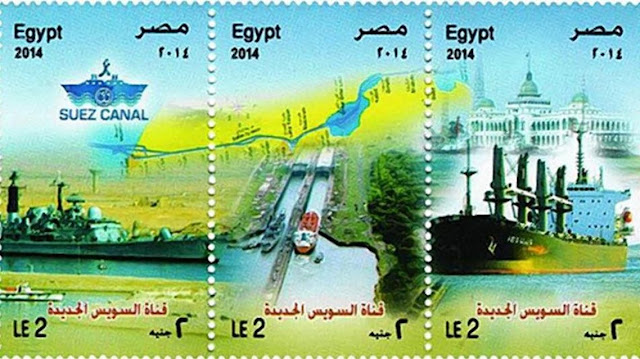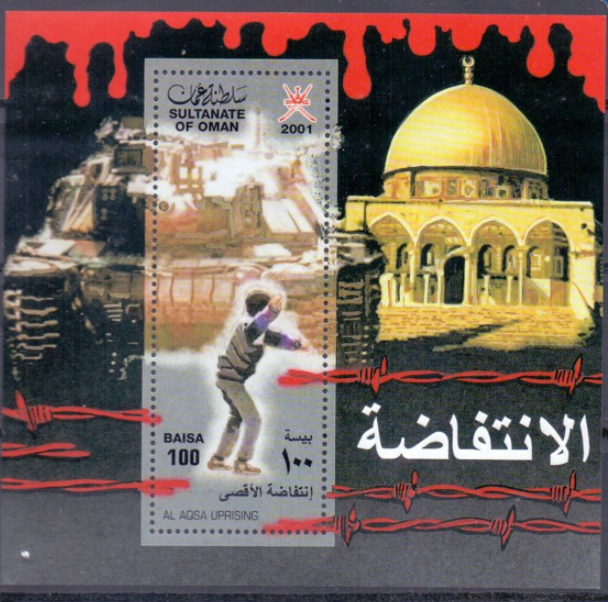Our story began 100 years ago when as you know, in 1917, during WW1, a British General named Edmund Allenby, managed to drive out the last Turkish occupation forces from our area, thus ending 400 years of occupation. He commanded a military force known as the Egyptian Expeditionary Force or EEF; remember that name because we will get back to it soon. The force was established the previous year, specifically for the invasion of Sinai and Palestine.
We will not go into various historical details but we will talk about interesting aspect. With the Turks out, the British became the new occupiers and both soldiers and civilians were living in the Holy Land, and of course people wanted to send messages out. Since there were no emails in 1917, they had to write letters. But they had no stamps; the Turks had been driven out. So what were they going to do? Simple, use the stamps already used by the armed forces, the EEF stamps. These stamps were in use since the establishment of the force. After the League of Nations gave the British the mandate to prepare our area for the Jewish state, General Allenby transferred the administration to the representative of the British government, the High Commissioner to Palestine, Lord Herbert Samuel. Lord Herbert Samuel arrived in Palestine in 1920, that is, a hundred years ago.Now things are starting to get complicated. Herbert Samuel saw that there was no indication on the stamps to show that the letter had been sent from Palestine and that, of course, was inappropriate. So he decided to add on overprint on the stamp itself. After consultations, Herbert Samuel decided that the overprint would be in three languages, Hebrew, English and Arabic! The word Palestine in three languages! Houston, we have a problem, the Jews wanted the Land of Israel to be used and not Palestine, their claim was that the territory was promised to them, not only in the Balfour Declaration but also in the San Remo Agreement. The Arabs objected because it was a political statement.
They started printing the overprint on the stamps and residents started sending out letters, and all of a sudden they noticed a problem. OMG, the word Palestine in Arabic(فلسطين) is smaller than the word Palestine EI. What? Couldn’t they notice this during the previous riots? They only now noticed this? The fact is that yes, they were so angry about where to put the Hebrew that they did not notice that in essence the name in Arabic is less prominent (example of a stamp on the right). So how do you respond to this problem? Riots!! After all, everyone knows that if you do not riot, the media does not care and if the media doesn’t care, it does not exist.
It was then decided that the overprints would be printed in the same printing house as other stamps of the British Empire, meaning in London. In the book by Nabil Shaath, yes the same one who was once involved in negotiations with Israel, he wrote that the reason it was moved to London was due to pressure from the Zionists to take jobs from an Arab printing house. Is a Greek monastery considered to be Arab? Not sure, but Archbishop Capucci belonged to the same church and if you don’t know who he is, then stay tuned for another story in the future.
Going back to the matter of distorting historical information and you're probably asking, as I was asked, who cares? Distortions in stamp catalogs and articles refer to stamps as a historical tool. So you're probably asking yourself again who cares and if so, I suggest you read George Orville's "1984" book.
Every record has been destroyed or falsified, every book rewritten, every picture has been repainted, every statue and street building has been renamed, every date has been altered. And the process is continuing day by day and minute by minute. History has stopped.






































